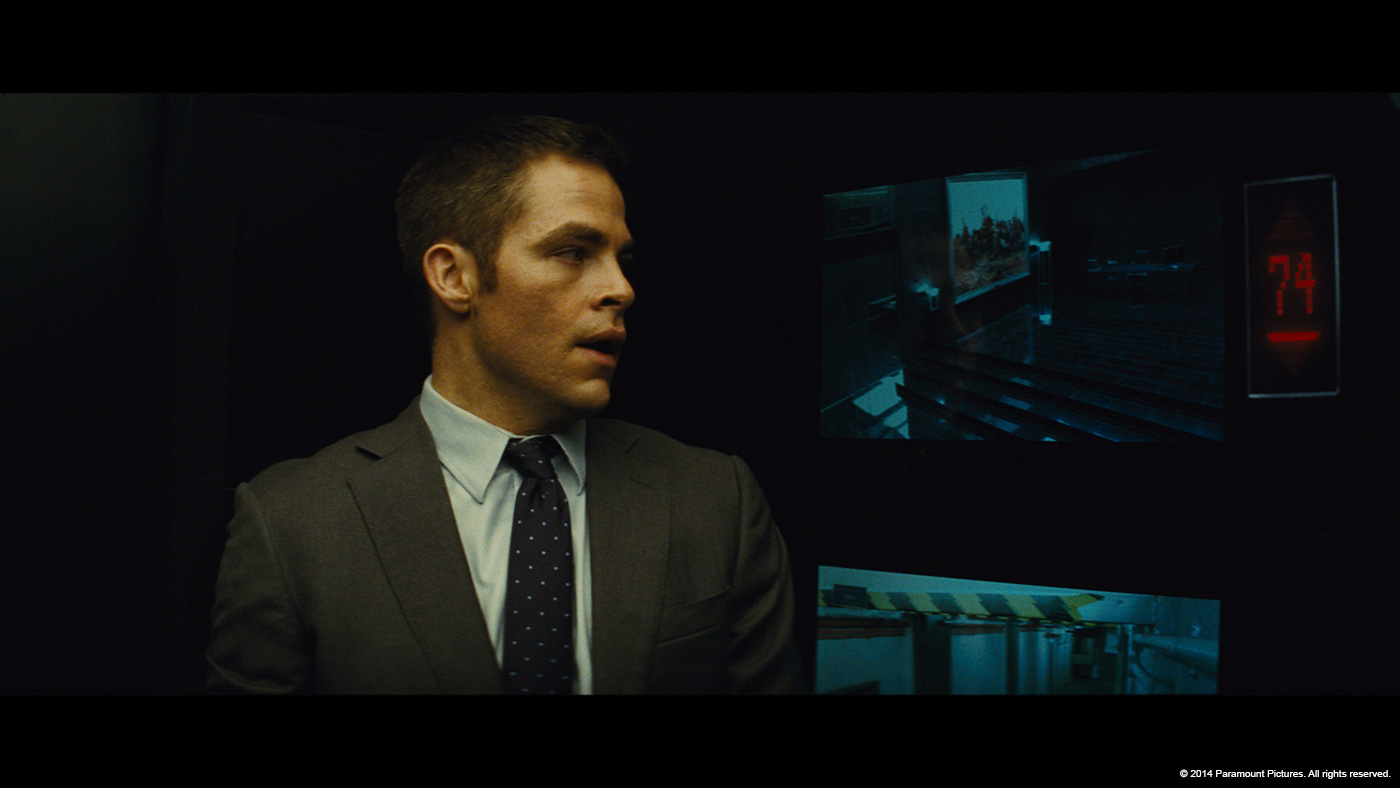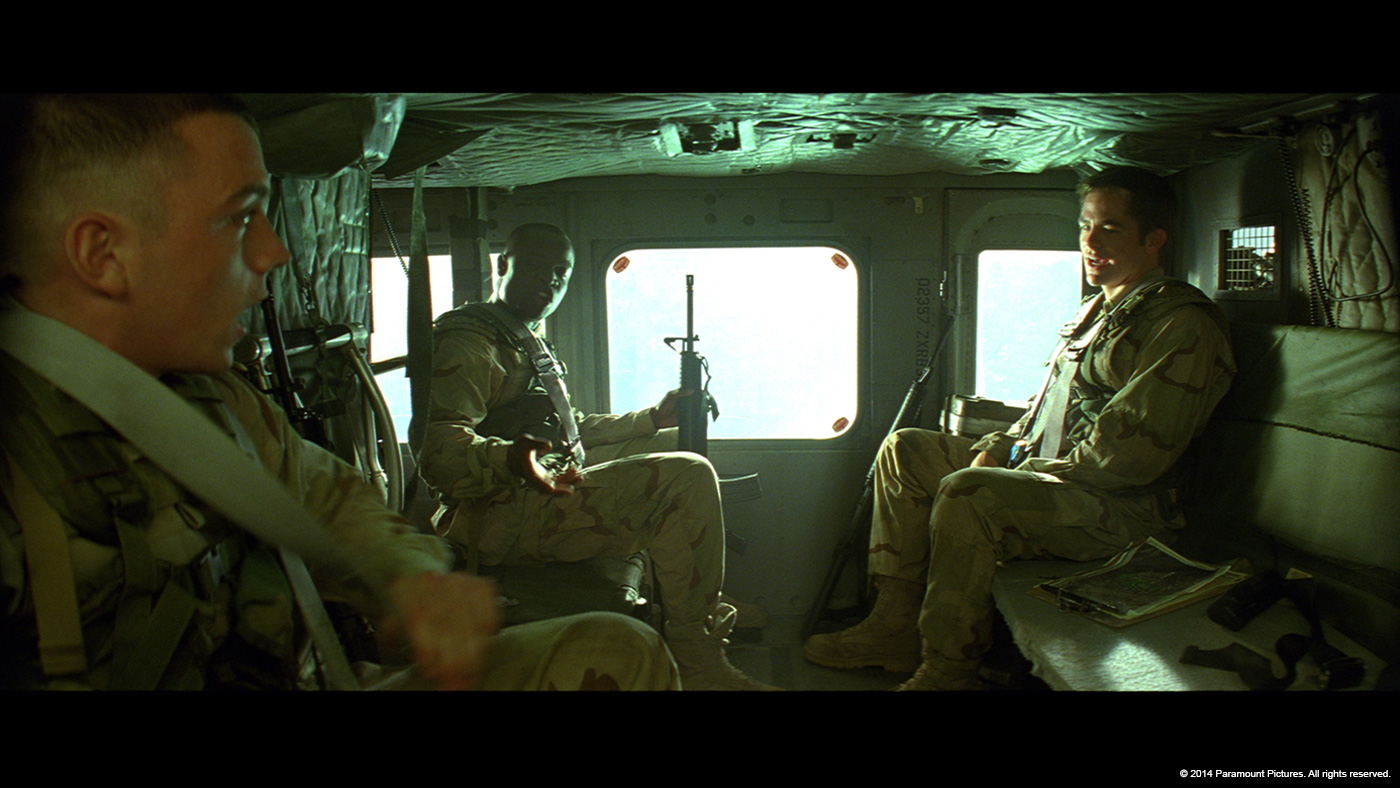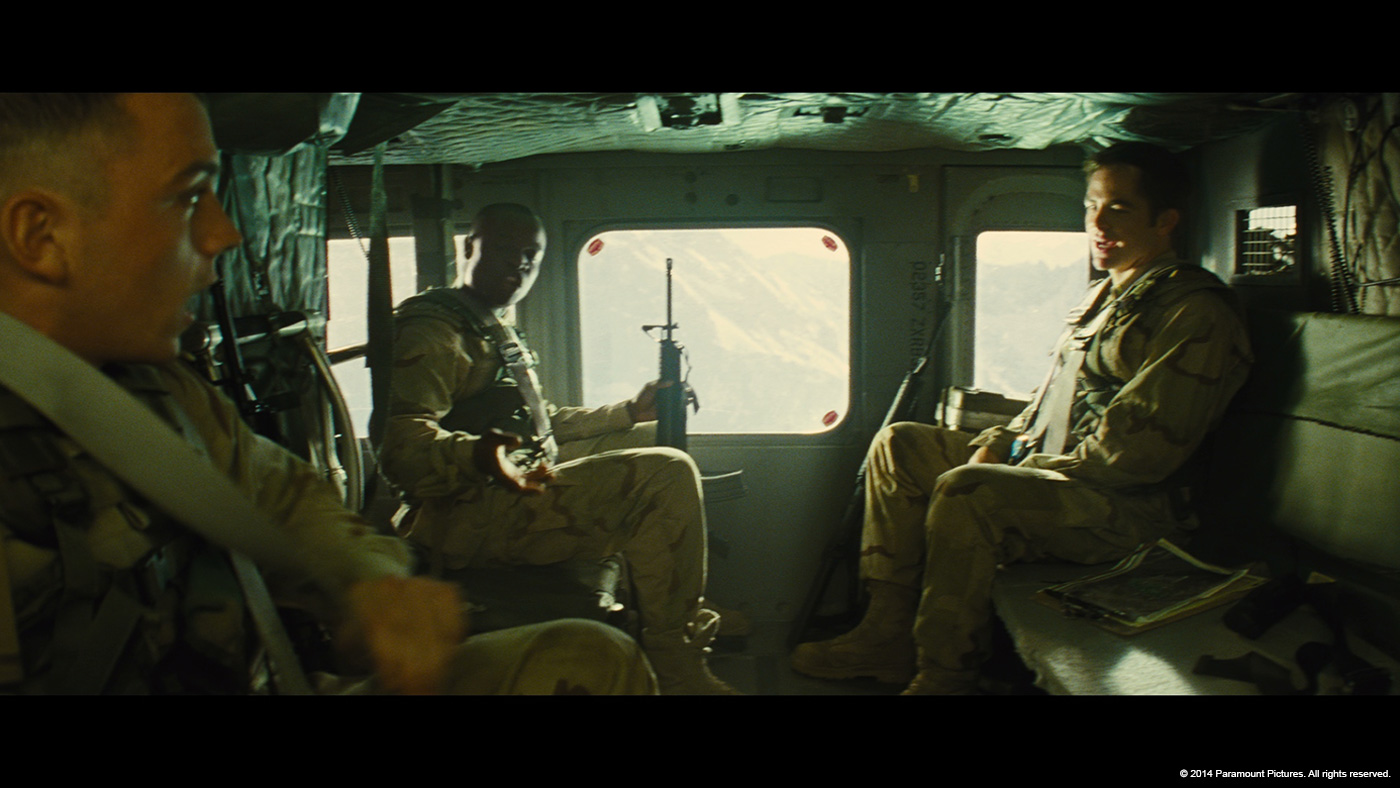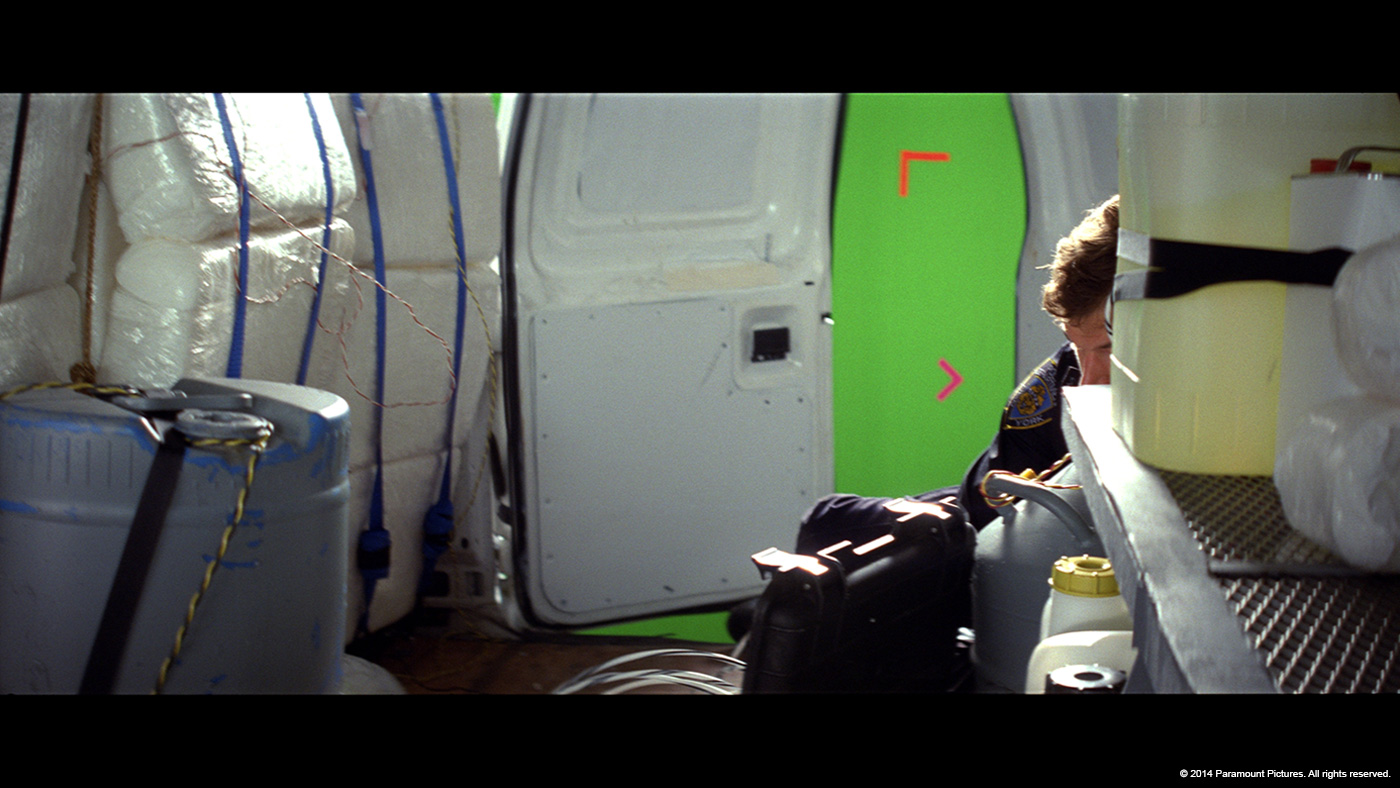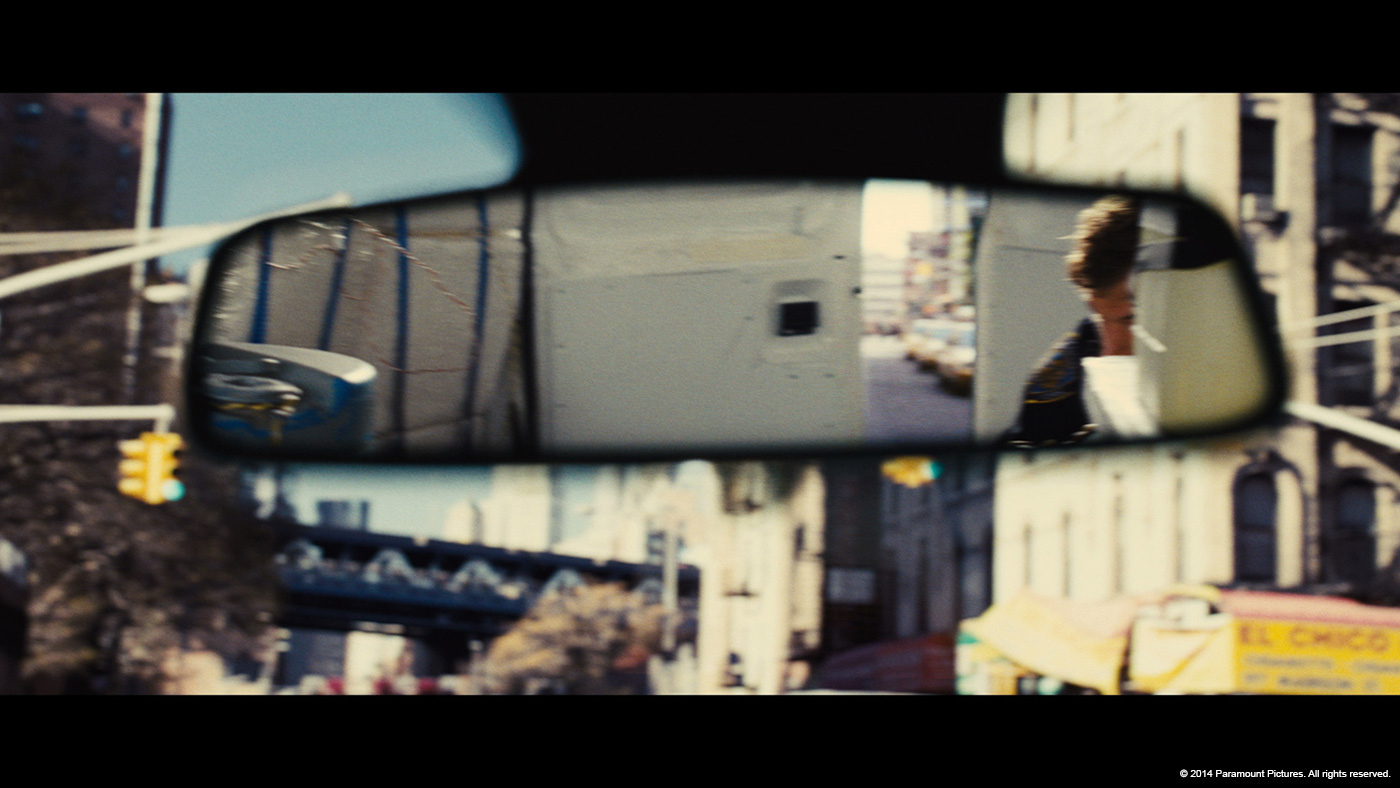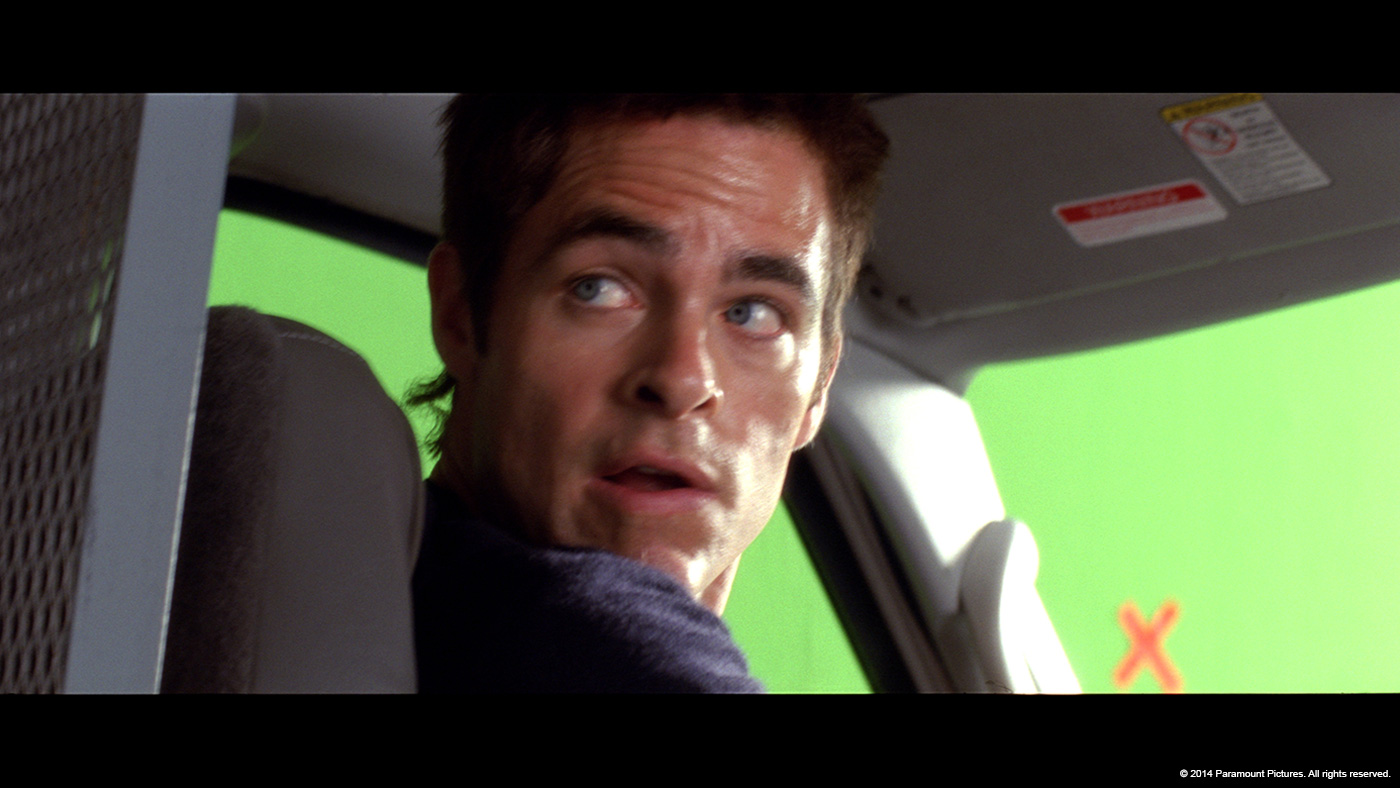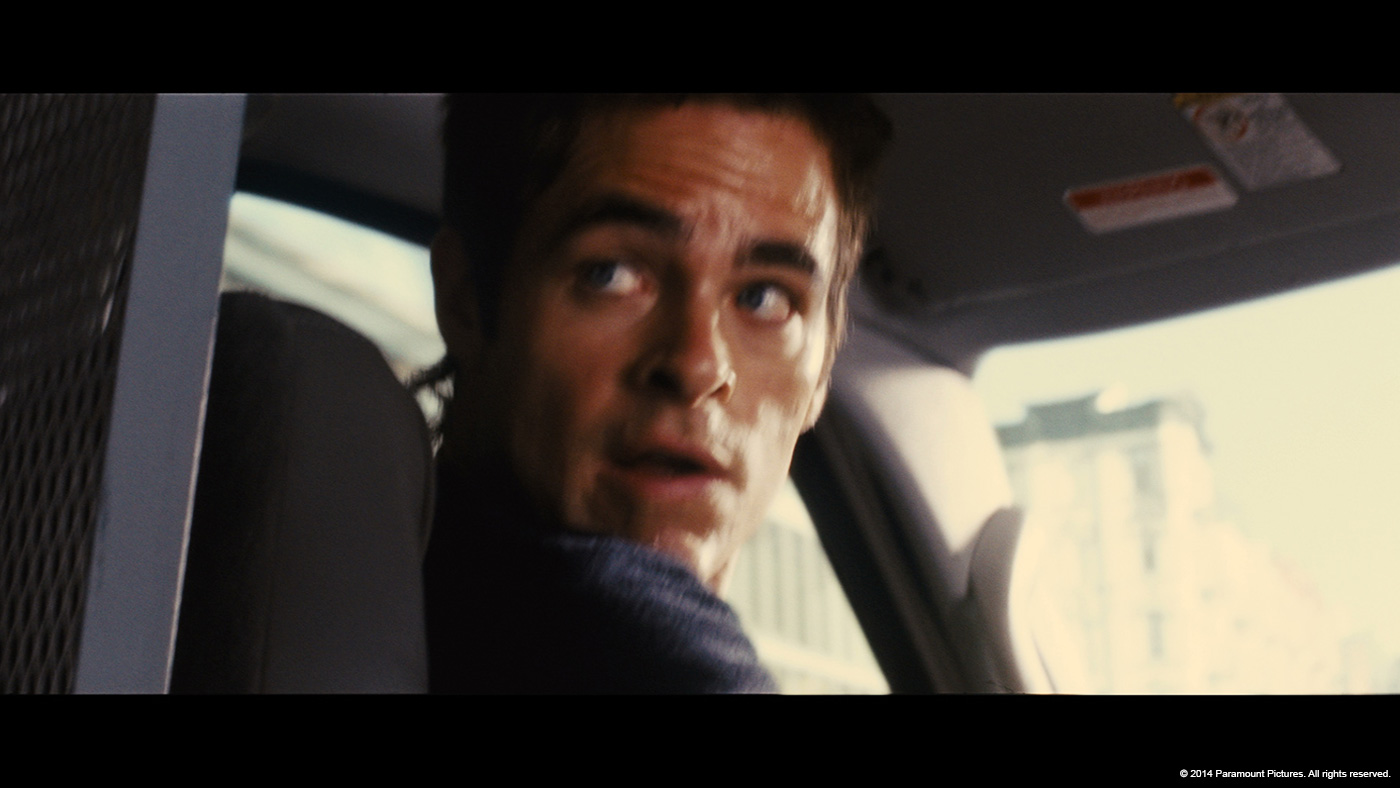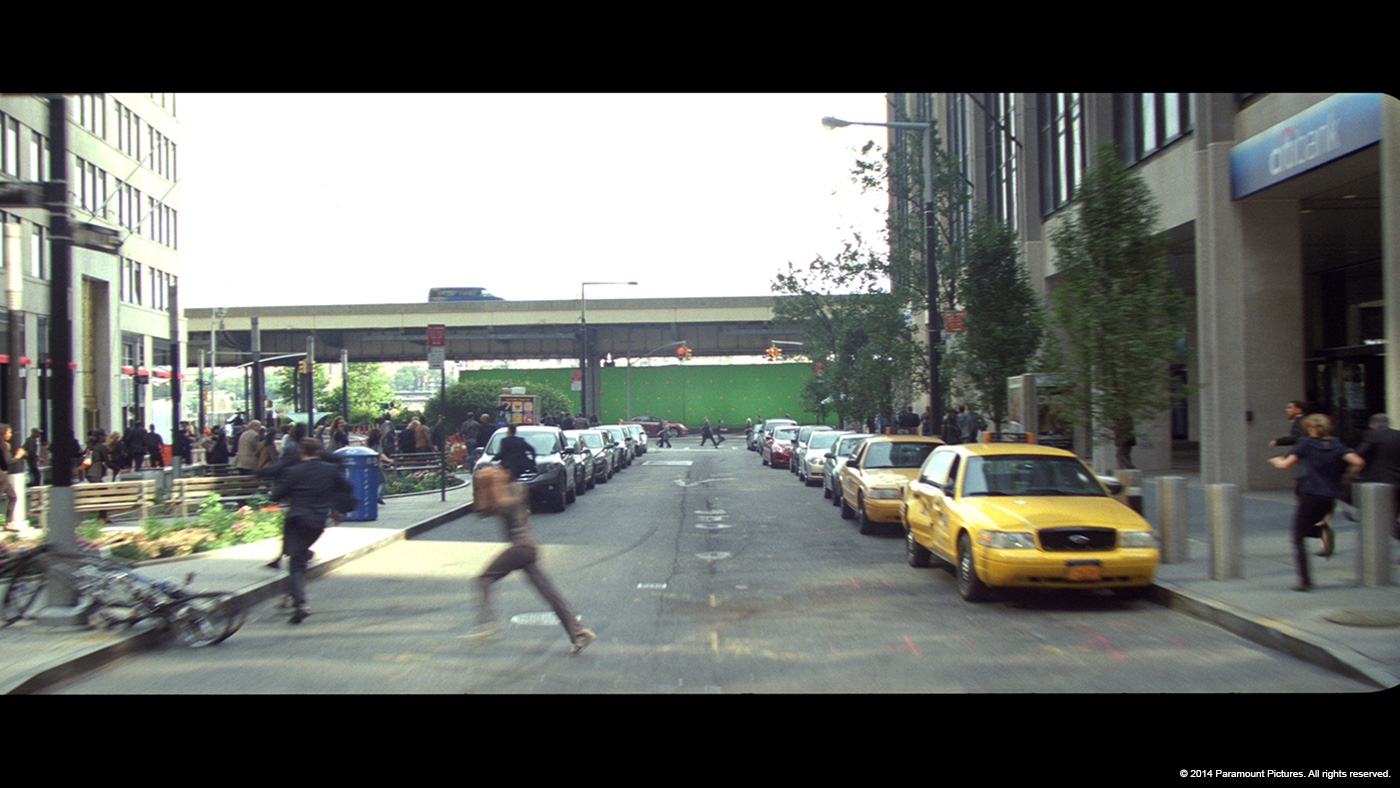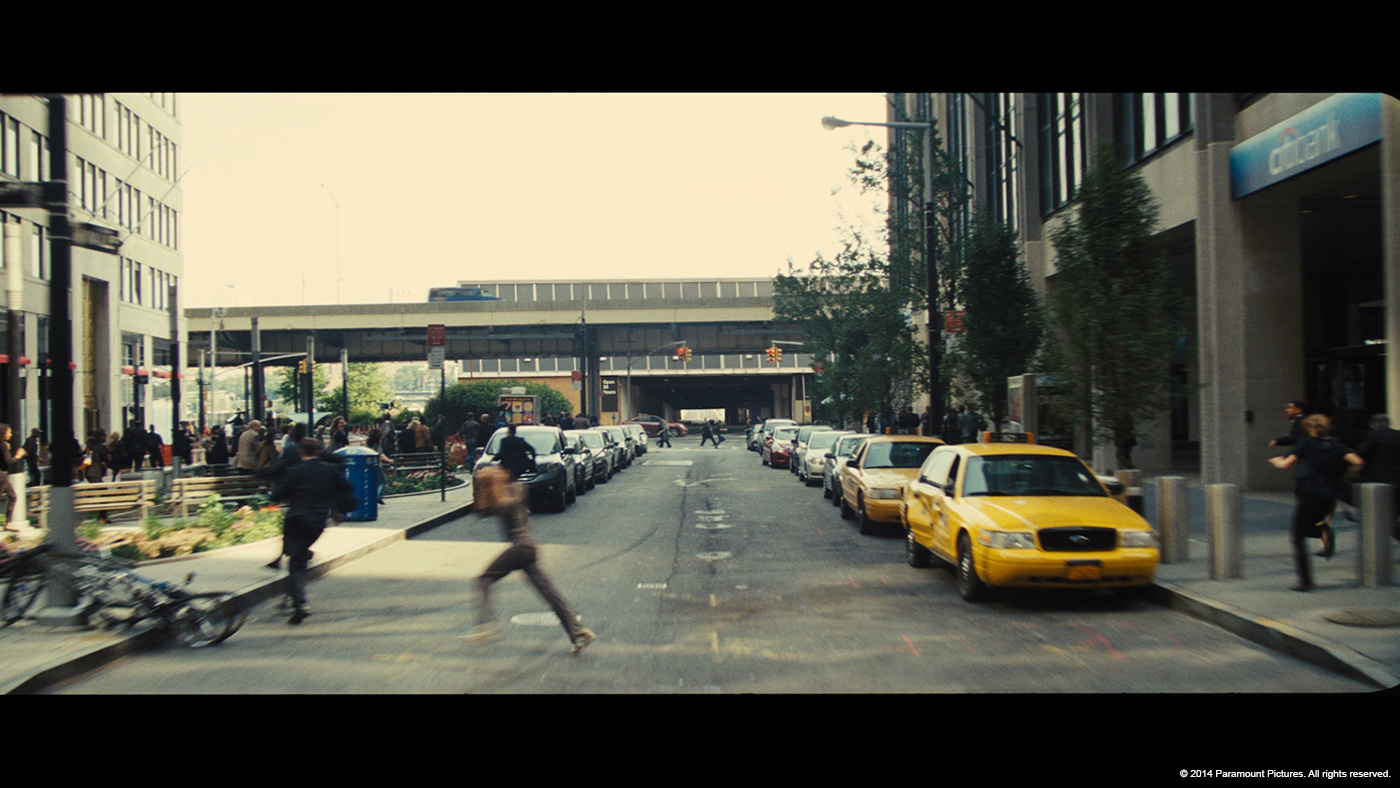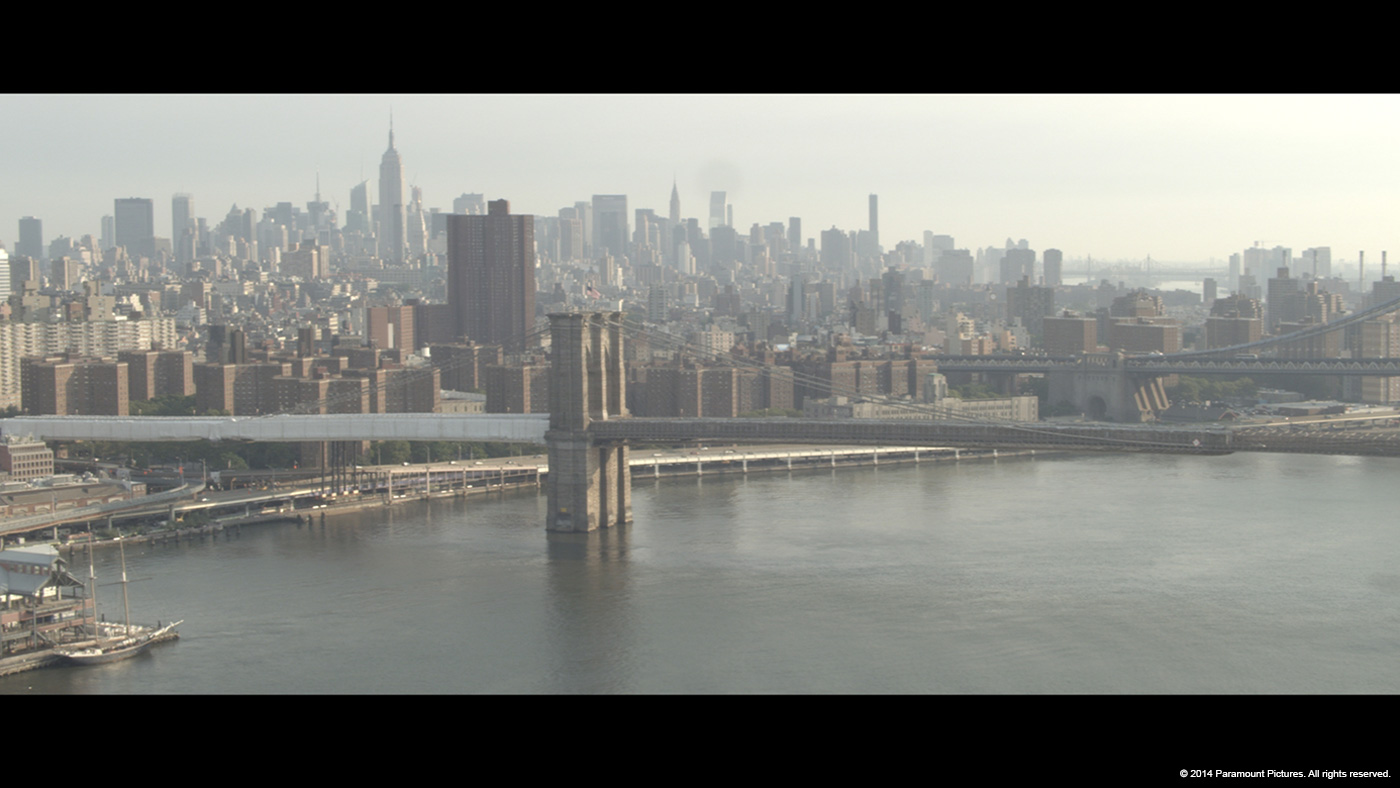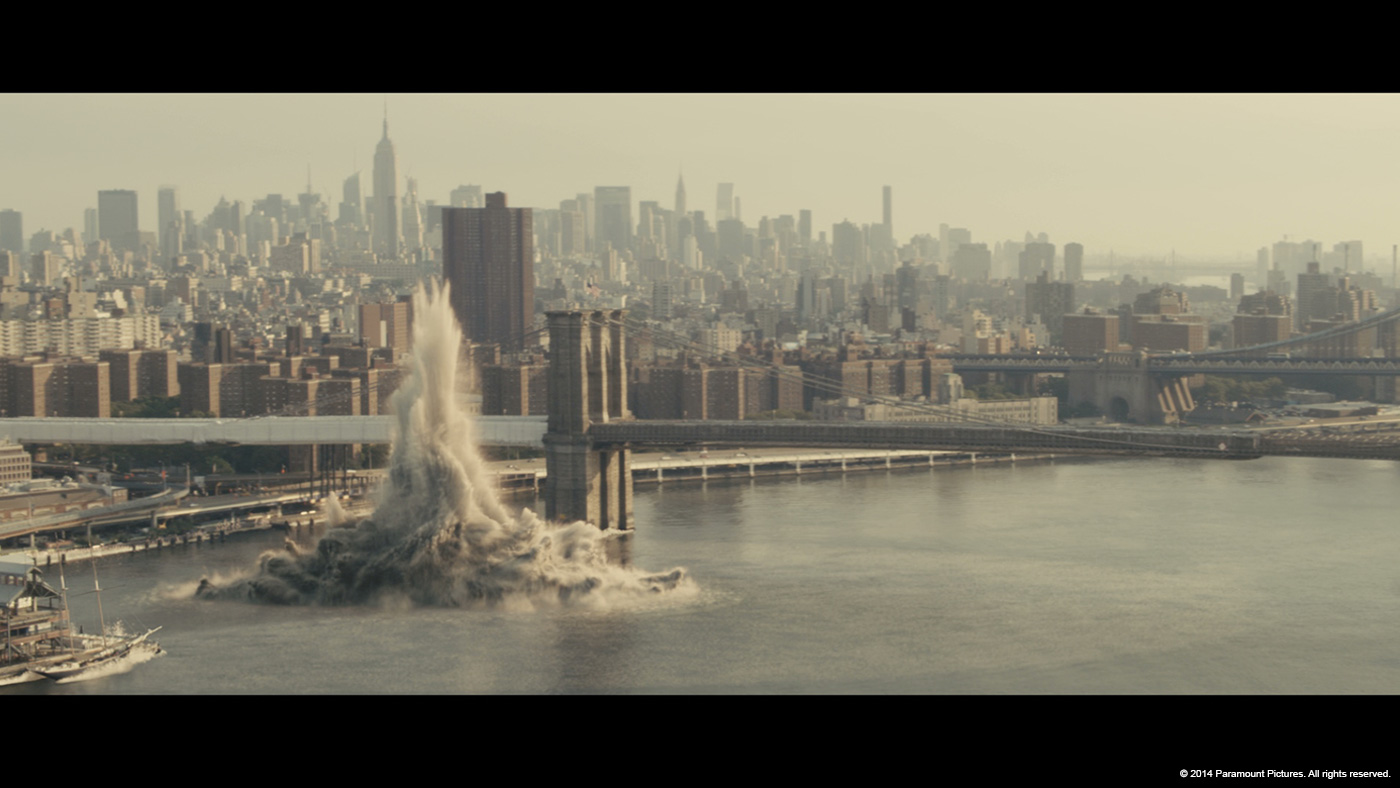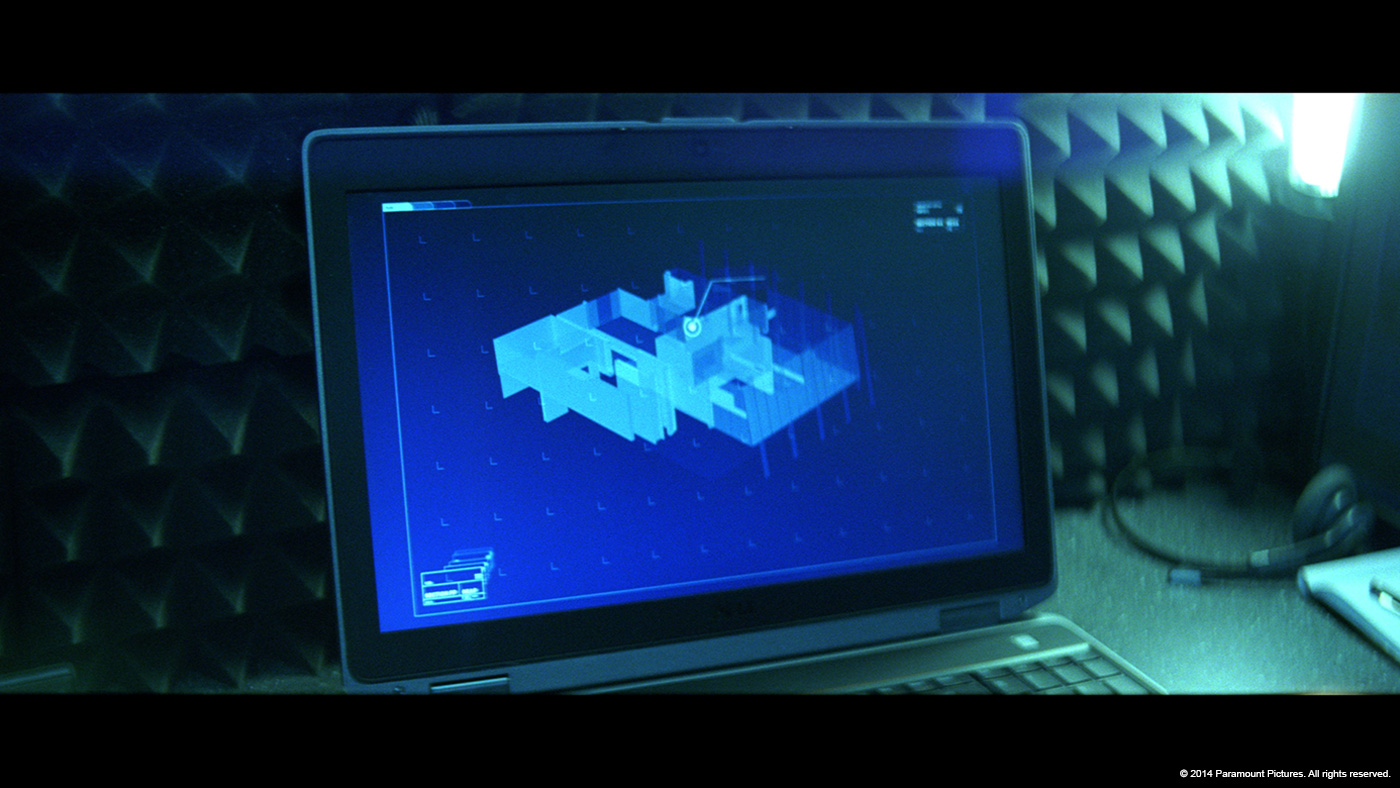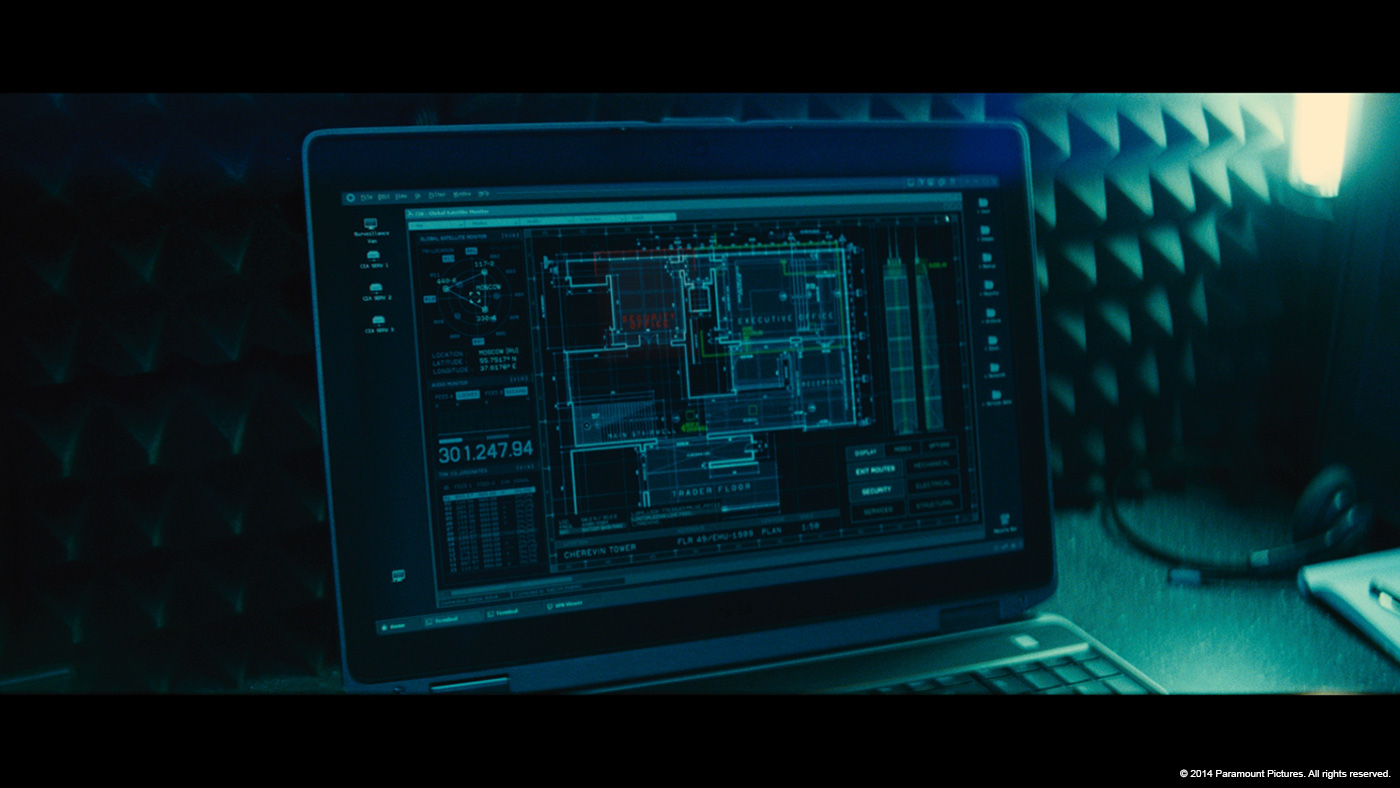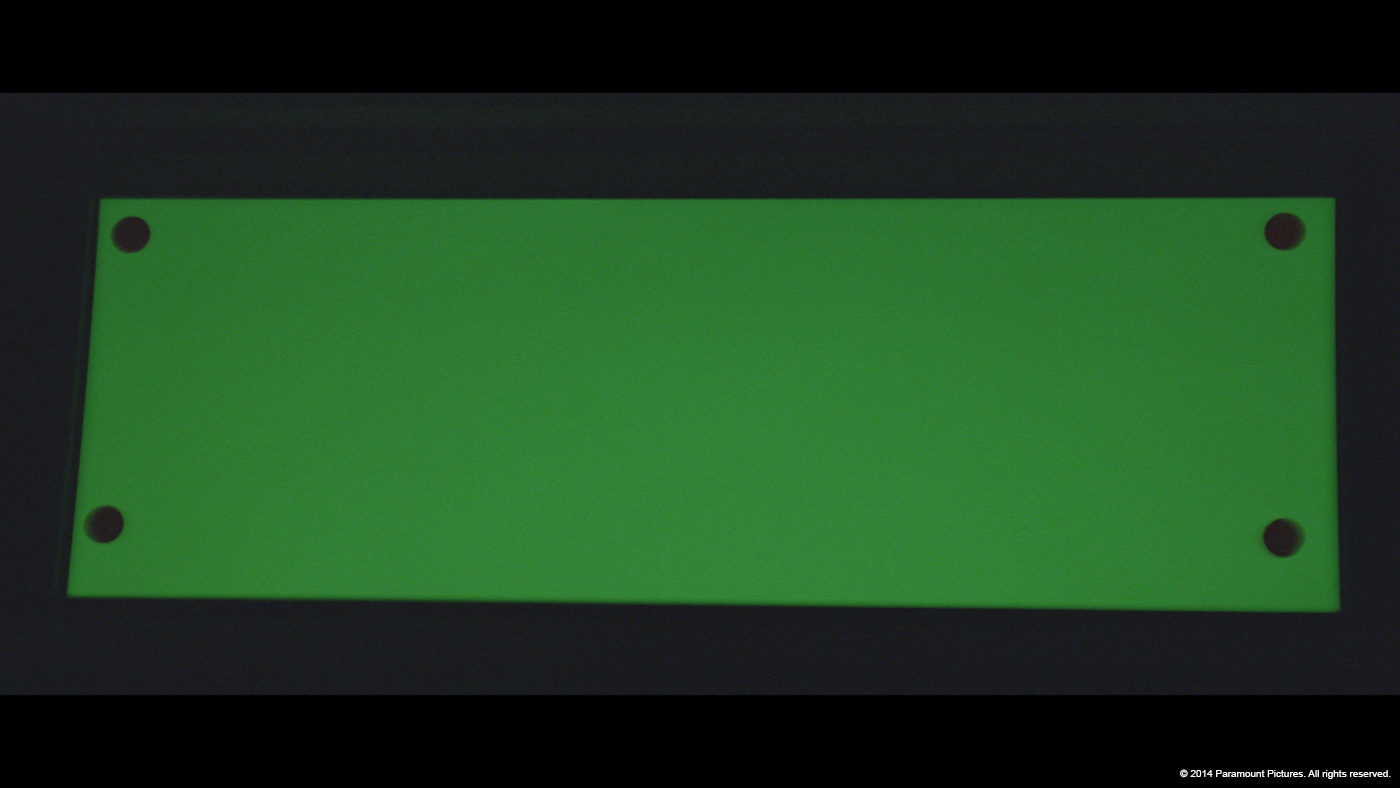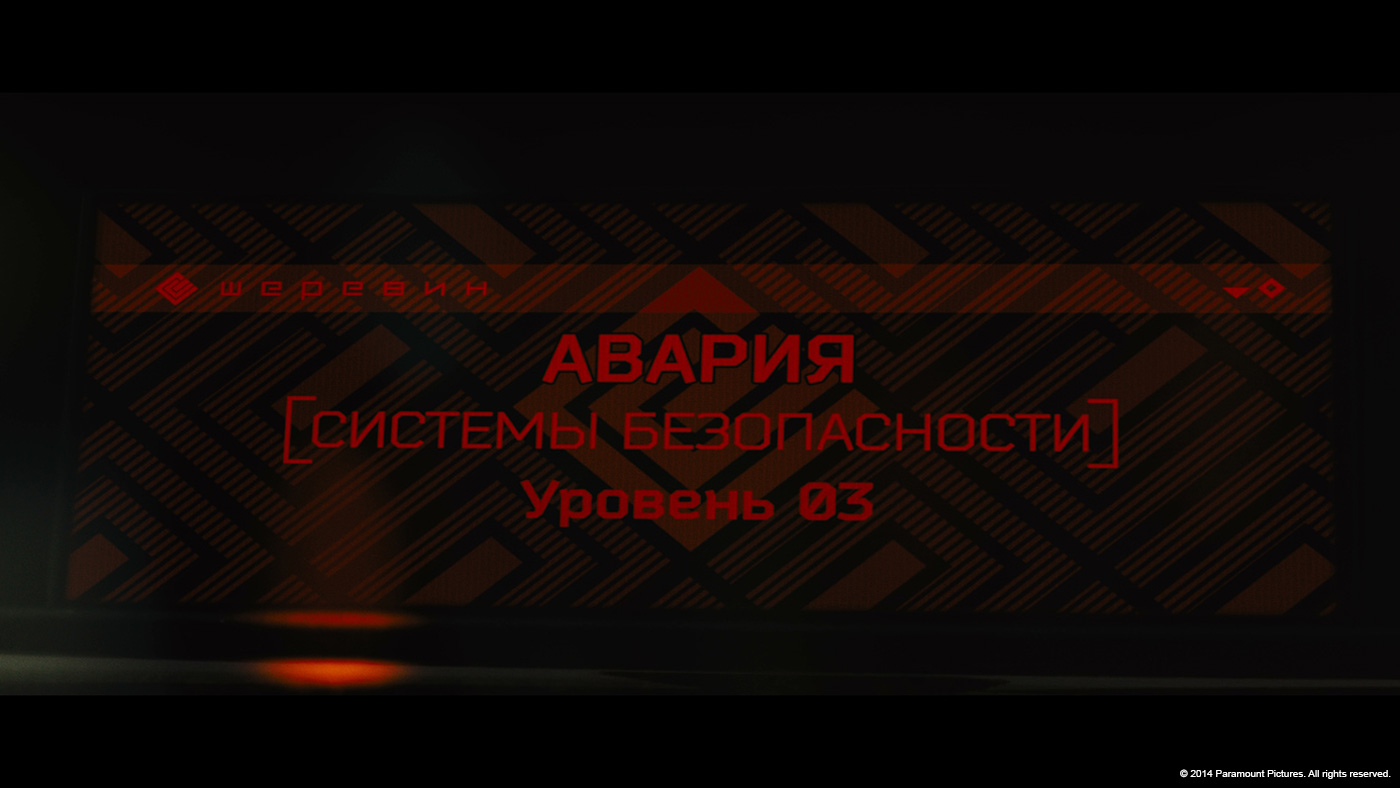After having explained the work of Baseblack on DREDD and TOTAL RECALL, Rudi Holzapfel worked on TRAP FOR CINDERELLA and TV serie AMBASSADORS. He is back to talk about the new episode of JACK RYAN.
How did you get involved on this show?
We had worked with the VFX producer before.
How was your collaboration with director Kenneth Branagh?
We didn’t really have contact with Kenneth Branagh, although we did get his specific feedback through the Production VFX supervisor, Matt Johnson.
How did you work with Production VFX Supervisor Matt Johnson?
Matt is a very senior supervisor. The collaboration was very relaxed, for the most part we were left alone to do what had to be done, and only occasionally when there was feedback from Kenneth Branagh, Matt would ask for specific things to be done.
What was your role on this project?
I was the VFX supervisor for Baseblack.
How did you approach the helicopter sequence?
The brief was to add distant mountains outside the greenscreen windows, sometimes add more clouds for continuity and also sometimes add quite severe turbulence or camera shake to the individual shots. During the shoot, production had added some camera movement and fast-moving smoke to simulate the helicopter going in and out of wispy clouds. It was a very specific call by Matt Johnson and it worked, because the greenscreens were very even and the clouds nicely backlit, which made it possible to generate a soft, often transparent key signal.
The sequence varied a lot in the amount of light and greenspill in the cabin and exposure of the outside, so the first thing we did was matchgrade the sequence, to create a “looking glass” for us, trying to anticipate what DI would do with the shots. With that in mind we started putting the background in and actually found that we didn’t want to put more clouds in, because the background looked really successful and once cut into sequence it told a story of the helicopter flying in and out of clouds.
Can you tell us more about the background creation?
For the background we ended up using still sections of a master shot that production had given us, patching them and animating them to fit the various shots. We did a little bit of relighting to simulate a passing of time between the first, late afternoon opener and a further wide shot of the helicopter coming out of clouds, but that was all.
What were your tricks to give life and motion for the helicopter background?
Editorial had been quite specific in the amount of turbulence they wanted added to the helicopter sequence, so a lot of times we used the layouts as a starting point and tweaked them a little bit once cut into sequence. We used a variety of techniques from Nuke’s camera shake to hand animation and also simply procedural animation, using randomly generated curves for all six degrees of freedom.
How did you created the rocket?
The rocket is a fully-3D rocket. We did various grey-scale layouts for the approach of the rocket and once that was approved we played with the look, the visibility of it, through glints and the slightly coloured trail which were created by the compositor.
How did you handle the background creation for the driving sequence?
Production had shot a lot of footage of the exterior out of the back of a moving car which we used as a starting point. In order to fit this with the story of Jack Ryan desperately trying to get to the East River, we often retimed the background footage, resized it, added extra camera movement and finally regraded it to give it a blown-out, over-exposed look that was needed for a camera looking out of the van.
For the few exterior shots, we also added a specific building with an underpass to put the sequence into New York.
Can you explain in details about the huge explosion in the Hudson river?
Initially we did a very rough layout, that ended up in all the temp studio screenings. Once the timing and position of the explosion was approved, we started using references of real underwater explosions to come up with a final look of an explosion that churns up a lot of mud (the East River isn’t that deep in that location) and gets windblown at the top to match the plate photography. This was achieved through various combined RealFlow simulations that gave us parts of the explosion we wanted. Various additional passes of a very fast initial shockwave that then kicks up a lot of spray when it hits the pier, the bridge, the boat etc. were comped in to tie the whole thing together. At the request of production we added two more shockwaves that are racing out from the whole of water collapsing back on itself. We called it the Star Wars effect, because it looked a bit like those sonic charges from ATTACK OF THE CLONES.
Is there any other invisible effects you want to reveal to us?
We did lots and lots of monitor inserts, a lot of times replacing what had actually been shot in camera. The script and story changed a bit, so production had a lot of new, animated graphics made up, which we then comped into all sorts of monitors from iPhones to laptops, video screens to computer monitors. We also animated and enhanced an sequence in which Chris Pine rides in an elevator which had been shot as a static image.
What was the biggest challenge on this project and how did you achieve it?
The biggest challenge was undoubtedly the underwater explosion in the East River. As will all of the work that comes out of Baseblack, we usually get it done by pulling together as a team, nothing more, nothing less.
Was there a shot or a sequence that prevented you from sleep?
No, not really. The good thing about Baseblack is that we are such a good team. Most of us have worked together for nearly 3 years now in this configuration and each and every time it’s the same core people: Steve Moncur, Joss Flores, Tim Young, Robert Hesketh, Charlotte Tyson, Steve Hughes, Bee Mayer, and some trusted freelancers, especially Armando Lombardo and Chris Hunt who keep coming back for more. I would like to believe that we trust each other, we help each other, we just make it work.
What do you keep from this experience?
That you can get too close to a project to be able to come up with out-of-the-box solutions or objective feedback. As is true most of the time, because of the size of the team at Baseblack, I not only work as a vfx supervisor but also as comper and I generally help with production issues. That makes it difficult to step back at times.
How long have you worked on this film?
We worked initially for about 3 months this spring on it before a break for reshoots. We had about another 3 months last autumn and then another little stint of a week or so for some repair work.
How many shots have you done?
I think all in all it was about 200 shots give or take.
What was the size of your team?
Including production we must have been about 15 people.
What is your next project?
We are currently working on Matthew Vaughn’s THE SECRET SERVICE.
A big thanks for your time.
// WANT TO KNOW MORE?
– Baseblack: Official website of Baseblack.
© Vincent Frei – The Art of VFX – 2014



